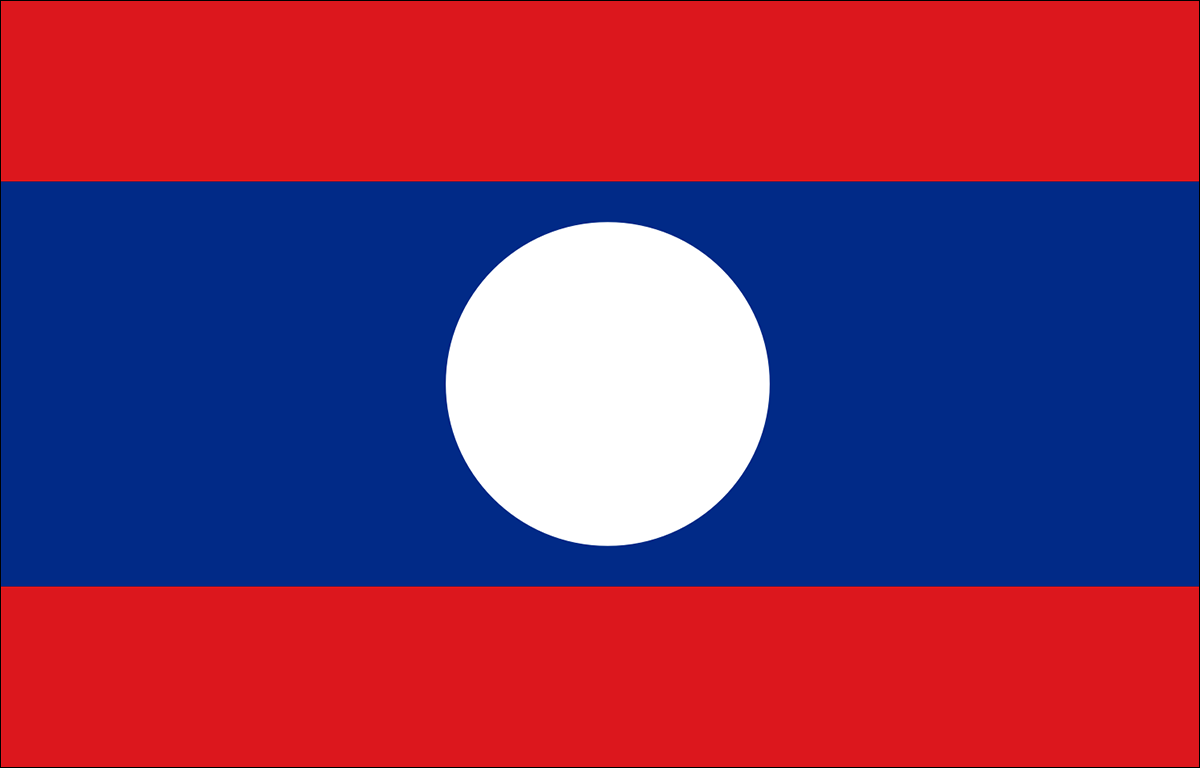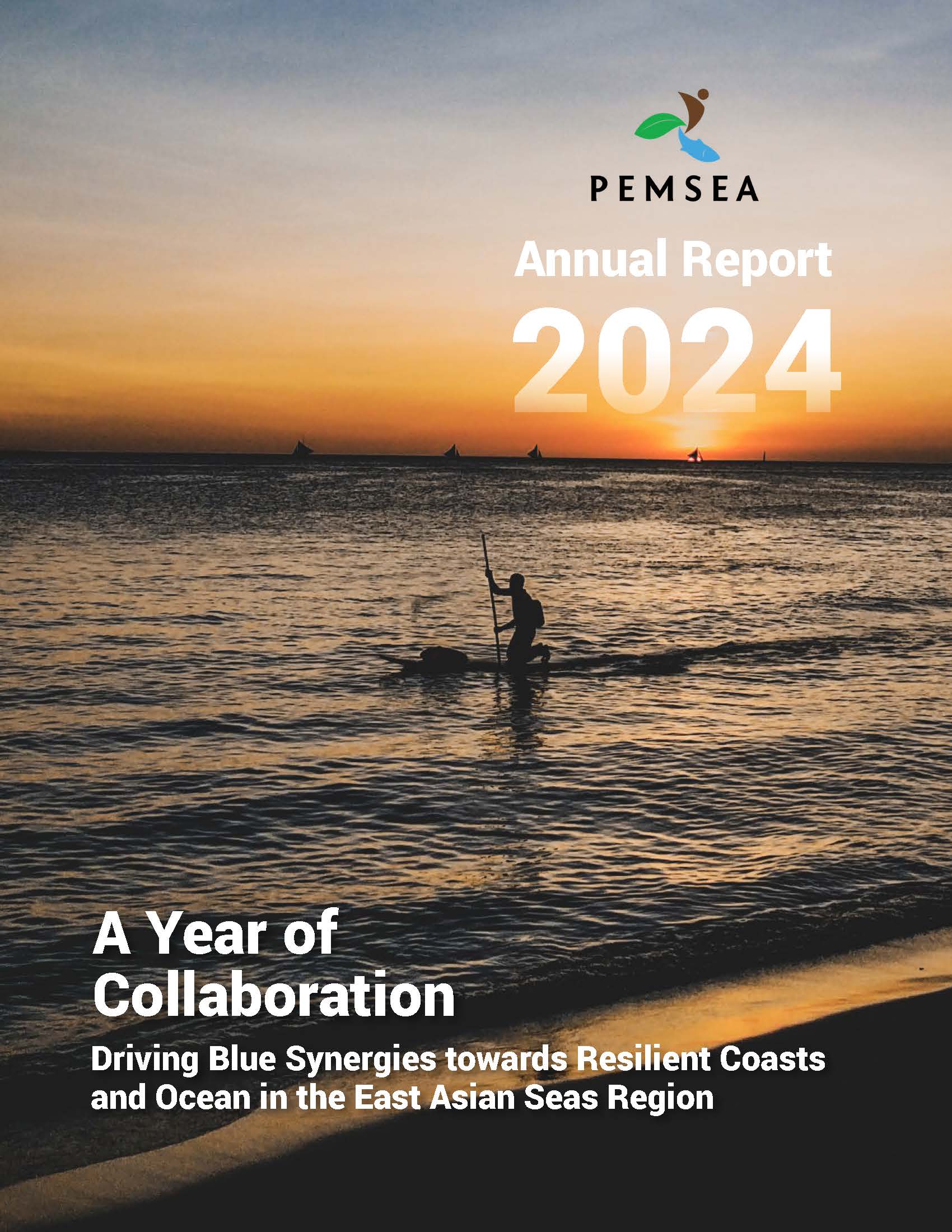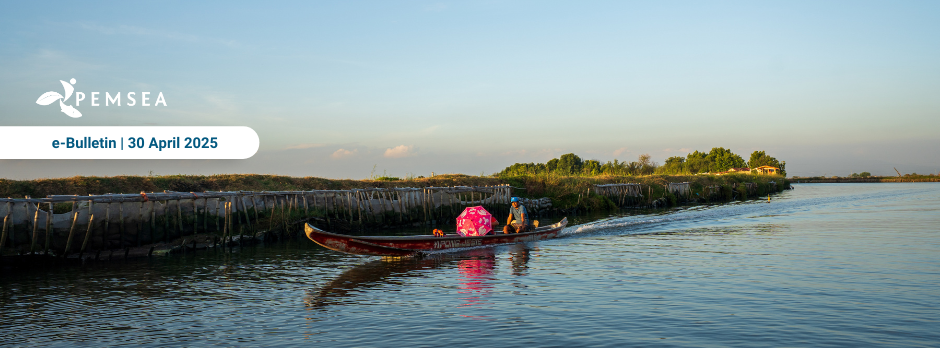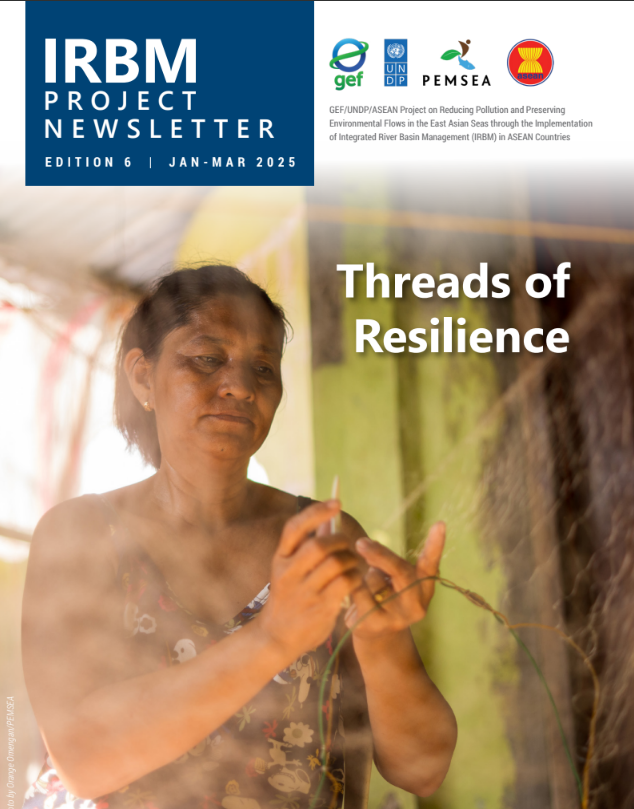
Breadcrumb
Lao PDR

Capital:
Vientiane
Land Area:
230,800km²
Inland Water Area:
6,000km²
Lao PDR is strongly linked with its river systems. More than 80% of Lao PDR is within the Mekong River basin, providing the country with the highest per capita water allocation in the region. Spanning the Sekong, Saravane and Champasack provinces, the Sedone Rivers basin is one of the major river basins of the country, and has a total land area of 7,229km2.
A significant achievement of Lao PDR is the integrated management of the Sedone River Basin, one of the 10 priority river basins for IRBM implementation in the country. The Sedone River runs for 1,574km in Southern Lao and has five main tributaries and 18 sub-basins. A lifeblood of about 690,000 people, Sedone River supports various socioeconomic activities including coffee plantations, hydropower generation, tourism and agriculture. Since 2008, Lao PDR and PEMSEA have been working together to develop the Sedone River Basin Profile and adopt the Sedone River Basin Sustainable Development Strategy. The partnership continues with the implementation of the SDS-SEA Scaling Up Project in Lao PDR focusing on: development of the National River Basin Strategy to 2030; development of the National Guideline for Water Resources Use Fee; development of the national IRBM demonstration site in Houay Paii, Saravan Province and; implementation of the Sedone River Basin Sustainable Development Strategy including development of management plans for the 3 sub-basins (Houay Champi, Houay Paii and Houa Sedone) in the Sedone Riber basin.
The Sedone Integrated River Basin Management Project (SIRBMP) promotes an interprovincial and multisectoral approach to manage the resources in Sedone. It is a collaborative effort among the three provinces, the Department of Water Resources and PEMSEA. The SIRBMP is providing capacity development in various aspects of river basin management, including rapid appraisal, assessing the state of river basin development, river basin strategy development, information management and other activities designed to strengthen capacity of the Project Management Team. The intergovernmental Project Steering Committee (PSC) established in the provinces of Champasack, Saravan, and Sekong provides policy direction and recommendations to the implementation of the SIRBMP. The Project Coordinating Offices established in each of the provinces serves as Secretariat to the PSCs.
A comprehensive river basin strategy, the Sedone River Basin Strategy and its implementation plan (Sedone Riverbasin Sustainable Development and Management Plan (2015-2030), which was adopted in 2014 by the Department of Water Resources, Ministry of Natural Resources and Environment and the Provincial Office of Natural Resources and Environment in the 3 provinces, serves as a blueprint for the sustainable management of resources in the Sedone watershed area. Major implementation activities include policy implementation, land use planning, riverbank rehabilitation, protected area management, waste management, information dissemination and public awareness.
In an effort to lay the mechanism for improved watershed management, the Government of Lao PDR passed and approved its updated Water and Water Resources Law covering the comprehensive management of the country’s water resources, mitigation of potential water-related disasters and management of wastewater discharges during its National Assembly in May 2017. The country has also embarked in the development of its National River Basin Strategy to 2030 for improved management of its water resources.
Focal Points:
Ms. Keodokmay Phouipaseuth
Deputy Director, Department of Water Resources (DWR), Ministry of Natural Resources and Environment (MONRE)
Ms. Soukphaphone Soodtharavong (main contact point)
Deputy Director of Division, Department of Water Resources (DWR), Ministry of Natural Resources and Environment (MONRE)
RELATED PUBLICATIONS
PEMSEA Annual Report 2024: A Year of Collaboration: Driving Blue Synergies Towards Resilient Coasts and Ocean in the East Asian Seas Region
2024 was a landmark year for PEMSEA with the successful organization of the EAS Congress 2024 and the 8th Ministerial Forum as key highlights. These milestone events led to stronger and renewed commitments to drive synergistic actions towards sustainable, inclusive and resilient coasts, ocean and communities, aligned with national priorities and global and regional targets.
Check out progress and plans of PEMSEA's projects that address complex interconnected environmental challenges in the region: marine plastic pollution, biodiversity loss and climate change through rigorous baseline data collation, analysis and reporting; enhancing governance and investment plans and programs; knowledge management and technical skills and capacity development.
PEMSEA eBulletin - April 2025
Dear PEMSEA community,
April is packed with exciting progress and developments across the region!
PEMSEA is making waves at the 10th Our Ocean Conference in Busan by organizing a side event that brought together regional partners committed to support governments in meeting their 30x30 conservation targets while enhancing protection of our valuable marine ecosystems.
Looking toward the future, PEMSEA's Executive Committee (EC) Meeting in Busan endorsed plans to extend our Sustainable Development Strategy implementation to 2030. The EC also noted progress on our regional Blue Carbon Program and finalized the timeline for upcoming Partnership Council elections.
We're also proud to announce the release of "Threads of Resilience," the sixth edition of our Integrated River Basin Management Project newsletter. This issue tells inspiring narratives of women from the Sasmuan Pampanga Coastal Wetlands alongside the impactful work of female environmental leaders driving change across Southeast Asia and critical conservation needs for key project sites, including Indonesia's Ciliwung River.
Other important developments include the PNLG Executive Committee's announcement of upcoming elections and General Assembly in Jakarta, the successful launch of the GEF/UNDP/ASEAN Integrated River Basin Management Project in Viet Nam, and regional training initiatives to enhance blue carbon knowledge and integrated coastal management strategies in Xiamen, China.
Integrated River Basin Management Project Newsletter - Edition 6
"Threads of Resilience” marks the sixth edition of the Integrated River Basin Management (IRBM) Project's newsletter, spotlighting inspiring narratives of women and advancements in project implementation.
This issue features threads of resilience in the stories of women from the Sasmuan Pampanga Coastal Wetlands of the Pasac-Guagua Watershed in the Philippines, alongside the impactful work of women leaders driving environmental change across Southeast Asia. It also highlights the need to conserve key project sites, including the Ciliwung River in Indonesia.
Key project activities and milestones from the first quarter of 2025 include the ongoing formulation of a framework and solutions template for pilot project development in the seven priority river basins, Lao PDR's approval of the 2025 Work Plan and State of the River Basin Report for the Nam Tha River Basin, and stakeholder validation workshops for the State of River Basin Reports for the Imus-Ylang Ylang and Rio Grande Rivers, as well as the Pasac-Guagua Watershed.
These interconnected efforts are key components of a strengthening web of partnerships and collaboration within the ASEAN region.


